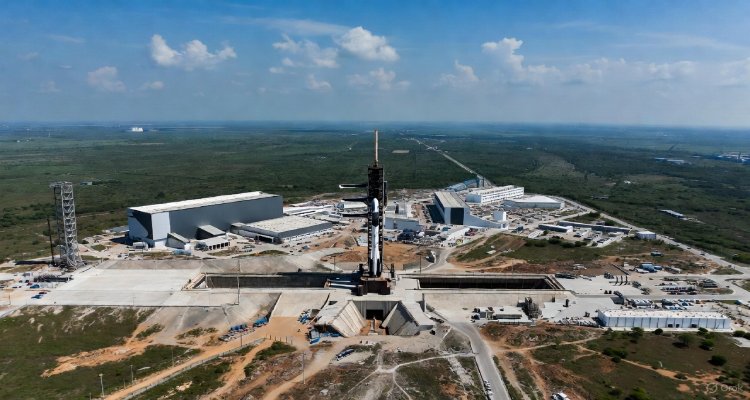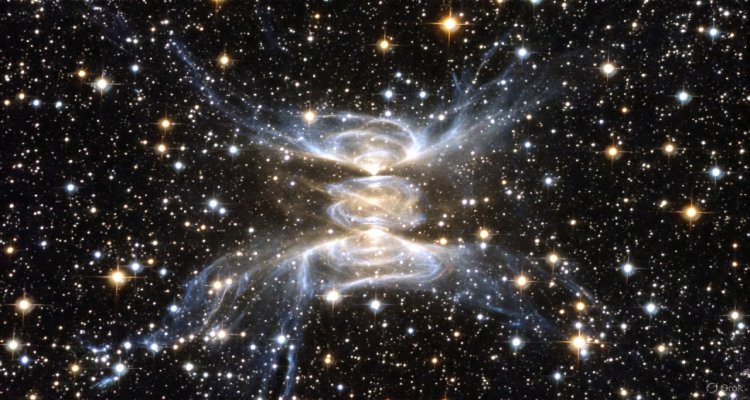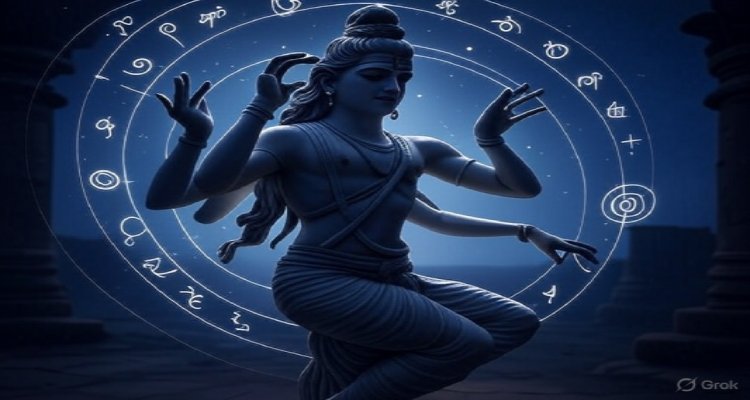Shiva’s Dance and Quantum Physics: Mystical Parallels of Creation
Exploring the fascinating parallels between Shiva’s cosmic dance in Hindu mythology and modern quantum physics theories of creation, energy, and existence.
Introduction: When Myth Meets Science
In the heart of Indian mythology, Lord Shiva is often depicted as Nataraja, the cosmic dancer whose rhythmic movements symbolize creation, preservation, and destruction. Thousands of years later, modern physicists describe a universe governed by quantum mechanics—where particles appear and vanish, vibrating in endless patterns of energy. At first glance, one belongs to the realm of spirituality, the other to the cold precision of science. Yet, both seem to tell a remarkably similar story: creation is not a single event, but a dance of constant transformation.
Context & Background: The Cosmic Symbolism of Nataraja
The image of Shiva as Nataraja originated during the Chola dynasty in South India, around the 10th century CE. In this depiction, Shiva is surrounded by a ring of fire, one foot crushing ignorance (Apasmara), and four arms gesturing toward the cycles of existence. His dance is not simply artistic—it is cosmic. The Ananda Tandava, or “Dance of Bliss,” is believed to represent the eternal cycles of birth, life, and destruction that govern the cosmos.
Meanwhile, in the 20th century, quantum physics revolutionized science. From Heisenberg’s uncertainty principle to quantum field theory, physicists began to understand the universe not as a static reality but as a dynamic web of probabilities, vibrations, and energy exchanges. The resonance with ancient symbolism is striking.
Main Developments: The Science Behind the Dance
Physicists describe reality as composed of vibrating strings of energy, quantum fields, and particles that flicker in and out of existence. These phenomena echo the idea of Shiva’s dance:
- Creation: In quantum cosmology, the universe emerges from fluctuations in a quantum vacuum. Similarly, Shiva’s raised drum (damaru) symbolizes the primordial sound from which creation unfolds.
- Preservation: Quantum coherence allows particles and systems to maintain stability within chaos—much like Shiva’s hand of protection (abhaya mudra) offering balance amid destruction.
- Destruction: Just as Shiva’s fire represents dissolution, quantum theory teaches us that particles decay, energy disperses, and forms break down, only to be recycled in new states of being.
Even modern particle accelerators reflect this connection. At CERN, a statue of Shiva as Nataraja stands outside the Large Hadron Collider, symbolizing the shared quest of science and spirituality to uncover the mysteries of creation.
Expert Insight: Bridging Mysticism and Physics
Dr. Fritjof Capra, physicist and author of The Tao of Physics, famously remarked that “Shiva’s dance is the dance of subatomic matter.” He argued that ancient metaphors often align with modern discoveries—not because one predicts the other, but because both attempt to describe the same ineffable truth from different perspectives.
Similarly, Indian philosopher Ananda Coomaraswamy wrote that “the dancing figure of Shiva is not only the clearest image of the activity of God which any art or religion can boast of; it also embodies the most profound insight into the nature of reality.”
Public reaction has often mirrored awe. While spiritual seekers see validation of ancient wisdom, scientists find poetic parallels that remind them that knowledge and meaning transcend disciplinary boundaries.
Impact & Implications: Why It Matters Today
In a world divided between science and faith, Shiva’s cosmic dance and quantum physics offer a unifying metaphor. They remind us that existence is fluid, not fixed; that beginnings and endings are part of a greater cycle. For scientists, these parallels encourage deeper exploration into quantum reality and the origins of the cosmos. For spiritual seekers, they reinforce the idea that ancient wisdom can harmonize with modern discoveries rather than contradict them.
Furthermore, such cross-cultural dialogues expand how we think about science education, philosophy, and even mental well-being. By framing existence as a dance rather than a battle, humanity may adopt more holistic approaches to technology, environment, and life itself.
Conclusion: Dancing at the Edge of Mystery
Whether envisioned as Shiva’s dance or as quantum fluctuations, the universe remains an unfolding mystery. One uses the language of mythology, the other the language of mathematics. Yet, both converge on a truth: reality is movement, rhythm, and transformation. Perhaps the greatest lesson lies not in choosing between mysticism and science but in recognizing that both are steps in the same cosmic dance—a dance we are all part of.
Disclaimer: This article explores symbolic parallels between Hindu mythology and modern physics. It is not a scientific or religious doctrine, but an interpretive perspective meant for educational and cultural enrichment.











